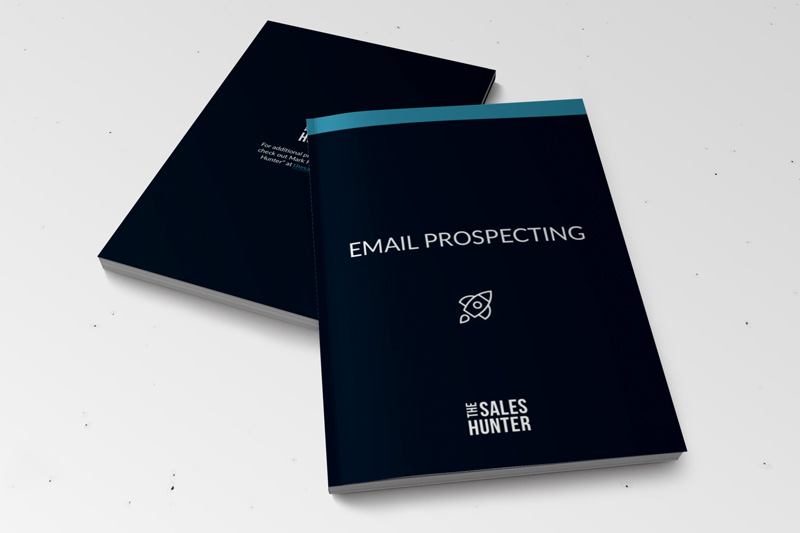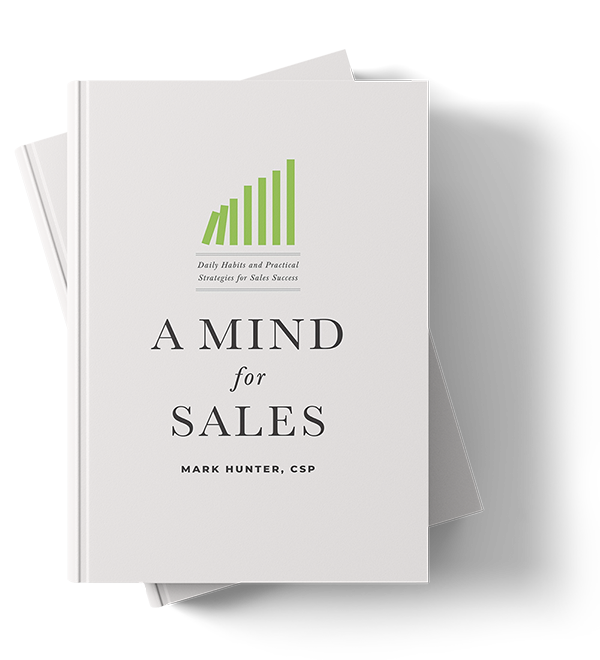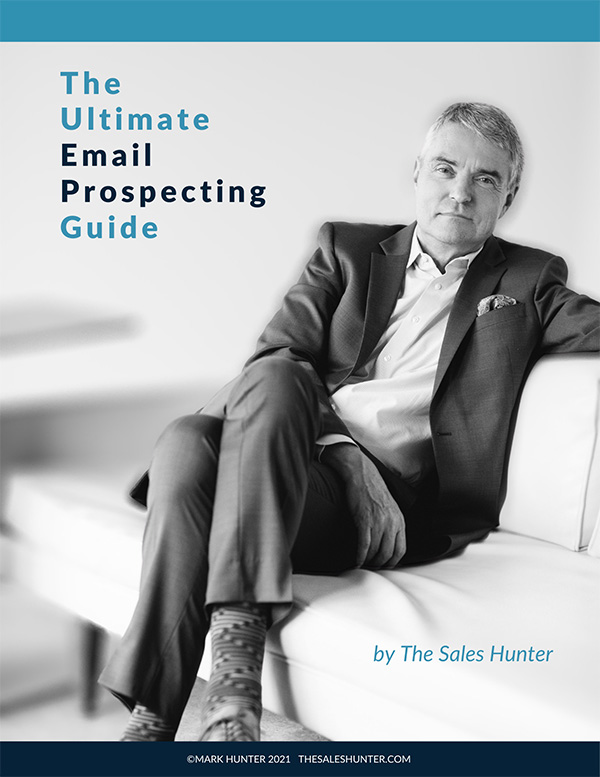Engaging with prospects is a vital part of the sales process, but how long should you stay engaged? The length of prospect engagement varies depending on several factors that can significantly impact your success.
To help you optimize your prospecting strategy, here are 10 key considerations to guide your decision-making process.
1. Evaluate Prospects Based on Ideal Customer Profile (ICP)
An ICP outlines the key characteristics of your best customers, such as their size, industry, and needs. If a prospect aligns with at least 70-80% of your ICP, they are more likely to be a good fit. If they don’t meet this threshold, it may be a sign to move on and focus on more promising leads.
Without a clear ICP, you’re essentially wasting time on prospects that don’t align with your ideal market.
2. Assess If Your Product Can Meet Prospect Needs
Even if a prospect fits your ICP, it’s essential to determine whether your product can meet their specific needs. There are times when a prospect may seem like a perfect fit, but their challenges or objectives may be outside the scope of what your solution offers.
In such cases, don’t hesitate to refer them to a competitor or a more suitable product. By doing so, you not only help the prospect but also enhance your reputation and possibly create new sales opportunities.

3. Analyze Prospect Value
When deciding how long to engage with a prospect, it’s important to evaluate both the immediate and long-term value they bring to your business. Some prospects may take years to close, but have enormous lifetime value once they become a customer.
On the other hand, others may offer little future potential, making it necessary to assess whether it’s worth investing time and resources. Don’t chase prospects that won’t help you achieve your broader sales objectives.
4. Determine the Length of the Sales Cycle
Different industries have different sales cycles, and it’s important to understand how long it typically takes for a prospect to make a purchase decision. Capital expenditures, budget constraints, and contract renewal timelines can all extend the sales cycle. By understanding these nuances, you can better plan your engagement and set realistic expectations for the time it will take to close a deal.

5. Identify Downstream Revenue Potential
In some cases, a single sale to a prospect can open doors to significant downstream revenue. For example, if a prospect has connections to other potential clients or operates in an industry where they can influence other decision-makers, staying engaged with them may lead to multiple sales down the line.
If the downstream potential is strong, it’s worth investing more time in nurturing the relationship.
6. Evaluate Prospect’s Industry Position
High-profile prospects within established industries are often worth pursuing, as they can bring substantial credibility and recognition. Conversely, if a prospect is relatively unknown or has a limited industry presence, it might be worth reconsidering your engagement strategy.
However, don’t dismiss rising stars—startups and emerging companies can be highly lucrative if they show promise for future growth.
7. Explore Referral Opportunities
One of the best ways to extend your engagement with a prospect is by exploring referral opportunities. If a prospect has strong connections within your target industry or network, staying engaged with them could lead to valuable introductions and additional sales.

8. Analyze Learning Opportunities
If the prospect is developing innovative products or technologies that could help your business in the future, staying connected could provide invaluable knowledge. Plus, understanding new trends can give you a competitive edge.
9. Decide Prospect Engagement Length
Ultimately, your decision on how long to stay engaged with a prospect should be based on a combination of all these factors. Use data, not emotions, to guide your approach.
While some prospects may require just a handful of interactions, others may demand a more prolonged engagement to realize their full potential. Track these metrics and adjust your approach accordingly to optimize your time and resources.
10. Create Strategic Engagement Plans for Prospects
To efficiently manage your prospecting efforts, develop a strategic engagement plan. This plan should include a framework for evaluating prospects, determining engagement length, and setting clear expectations for follow-ups and communication. By creating a scorecard or document to assess each prospect based on the factors discussed, you’ll be able to make informed decisions about how much time and energy to invest in each relationship.

The Mistake Salespeople Can’t Afford to Make
In this episode, discover the ripple effects of valuing every lead and how even mismatched connections can transform into golden opportunities through referrals.
Find episode #297 wherever you download podcasts!
The Transformative Impact of Female Leadership
w/ Don Barden
Uncover the secrets of the power of female leadership and how it will reshape the global landscape by 2028.
Episode #298 is out now!

Copyright 2025, Mark Hunter “The Sales Hunter” Sales Motivation Blog. Mark Hunter is the author of A Mind for Sales and High-Profit Prospecting: Powerful Strategies to Find the Best Leads and Drive Breakthrough Sales Results.













One Response
Why is focusing on “achieving” considered more effective than simply “setting” goals? What are the potential drawbacks of focusing solely on goal setting?
Visit us IT Telkom